Even a short wait at a doctor’s office can seem like an eternity and, according to a recent study by Vitals, as wait time increases patient satisfaction starts to drop. The average wait time at a doctor’s office is 19 minutes and 19 seconds, and 49 percent of patients who waited that amount of time or less rated their physician favorably. Physicians with the lowest ratings, however, left patients waiting for an average of 33 minutes.
But even short waits can seem to drag when the only entertainment available in a waiting room is outdated magazines or daytime talk shows streaming on an endless loop. Not only does boring content in a waiting room frustrate patients and draw attention to how long they have been waiting, it also means you are missing an opportunity to engage with and educate patients before they even reach the exam room.
Incorporating streaming video, digital signage, and other dynamic content into your facility’s waiting areas and common spaces will help you build better relationships with your patients, and will help your patients enjoy their waiting time a little more.
Dynamic Waiting Room Content Helps Patients and Providers
Dynamic content in waiting rooms and other common spaces, including streaming video and digital signage, has multiple benefits for both patients and providers. Those benefits include:
- Increase knowledge of available services. Instead of playing the Home Shopping Network on an endless loop, use TVs and video screens in your waiting room to show videos or static content about all the services you provide. If a mom who came in for an antibiotic prescription can see that your office could also conduct a sports physical for her son, you’ve just generated more business and created a more loyal customer at the same time.
- Create awareness of treatment and testing options. Most patients have more symptoms than just what they are there to address that day. Providing information about all the testing and treatments you provide, including elective treatments, sets you up as an expert and improves the quality of life for your patients.
- Prepare patients before they enter the exam room. There is nothing worse than leaving a doctor’s office and thinking of all the things you wish you had asked. Content that provides information about what to expect from an exam, things every patient should know by the end of their appointment, or questions providers wish patients would ask, set up both patients and providers for satisfaction and success.
- Allow patients and providers to make more informed decisions. Once everyone has the information they need, more informed and accurate decisions can be made, and patient outcomes improve. Synnex Corporation can help you identify hardware and other AV solutions that improve patient engagement and increase the exchange of critical information between patients and providers.
AV Solutions to Improve the Waiting Room Experience
So, what are the best ways to deliver dynamic, informative content and keep waiting patients happy? Here are some AV solutions to consider.
- Free Wi-Fi and charging stations. Every patient is taking time away from something else to accommodate appointments and waiting room times. Free wi-fi access and charging stations for phones, tablets and laptops allows people to be more productive and have a more positive view of the time they spent waiting.
- Streaming video. Don’t just install a TV and turn on cable news. Kramer AV can help you operate and maintain an AV network, including crisp audio and informative video, that you can operate from anywhere. Use screens and speakers in your common areas to introduce your providers, give information about your services, inform patients about the cause and treatment of common symptoms and conditions, or provide quality-of-life information such as exercise or healthy eating tips.
- Digital signage. In large facilities such as a hospital or medical center, digital signage can provide wayfinding assistance such as interactive maps and building directories. Digital signage can also be used to communicate real-time information such as current wait times or seasonal symptoms to watch for.
- Touch screens. Interactive touch screens, located for example in kiosks in waiting rooms or other common areas, allow patients to navigate through information on their own and find what they need or are most interested in. Preloaded information could include provider bios, description of services, and health tips and quizzes. Interactive kiosks could also provide self check-in and appointment scheduling capabilities.
The best AV solution to improve your organization’s patient engagement will be specific to your needs and goals. A certified integrator can help you explore the options and choose the best fit.









